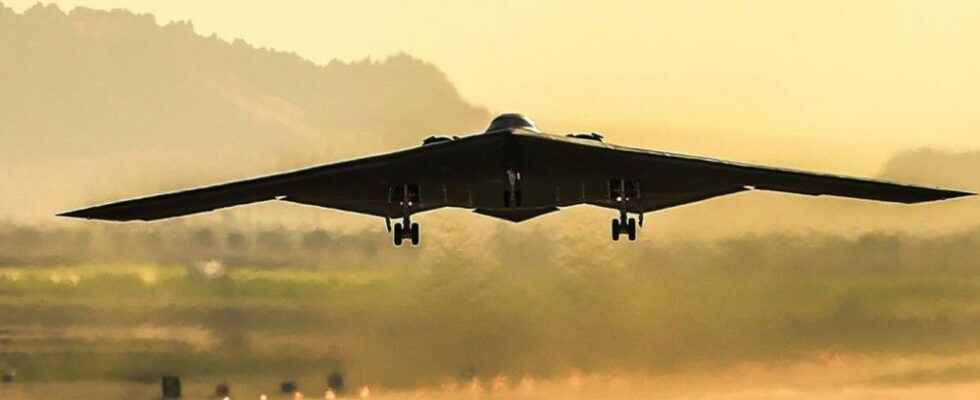The US Air Force has tested a nuclear bombing with jammed GPS. A radar system stepped into the breach.
” width=”620″ height=”310″ class=”lazyload”/>
Enlarge
B-2A stealth bombers: US tests nuclear bombing with jammed GPS
© Northrop Grumman/US Air Force.
GPS is essential for accurate positioning. But what to do if there is no or only insufficient GPS data? Inaccurate or missing GPS data is a more than serious problem, especially when nuclear weapons are to hit the target. The US Air Force has now tested a simulated atomic bomb drop with a faulty GPS system, as reported by militaryleak, among others.
A B-2A Spirit stealth bomber has practiced dropping a B61-12 Joint Test Assembly nuclear bomb simulation at the Tonopah Test Range, Nevada. But instead of using GPS, the bomber was supposed to hit its target with the “Radar Aided Targeting System” (RATS). The US Air Force also tested a software tool called the “RATS Application Tool”, which is intended to give pilots an early signal as to whether RATS is working correctly and whether the system is working correctly before the bomb is triggered. The most recent test took place on June 14, 2022. Radar Aided Targeting System (RATS) can currently only be tested on a B-2A stealth bomber.
Capt. David Durham, commander of the 72d Test and Evaluation Squadron (this unit also developed the RATS Application Tool and is testing nuclear weapons capability with the B-2A): “We have flown several missions over the past nine months to test the new RATS -ability to test and collect test points for their performance”. This showed the usefulness of the new ability for combat use. The 72d TES, the 509th Bomb Wing, the Air Force Global Strike Command, the Air Force Nuclear Weapons Center, Boeing and the Sandia National Labs together.
B-2A stealth bomber
The two-man B-2A Spirit manufactured by Northrop Grumman is a stealth bomber that is difficult for anti-aircraft radar to detect. As a heavy strategic bomber, it can, among other things, deliver nuclear weapons to the target. However, the B-2A Spirit can also carry and fire conventional weapons. The B-2A can climb up to 15,000 m when attacking and has a range of more than 11,000 km. With air refueling, a range of more than 19,000 km is even possible.
US Air Force: Laser cannon developed for fighter jets – smallest combat-capable laser
